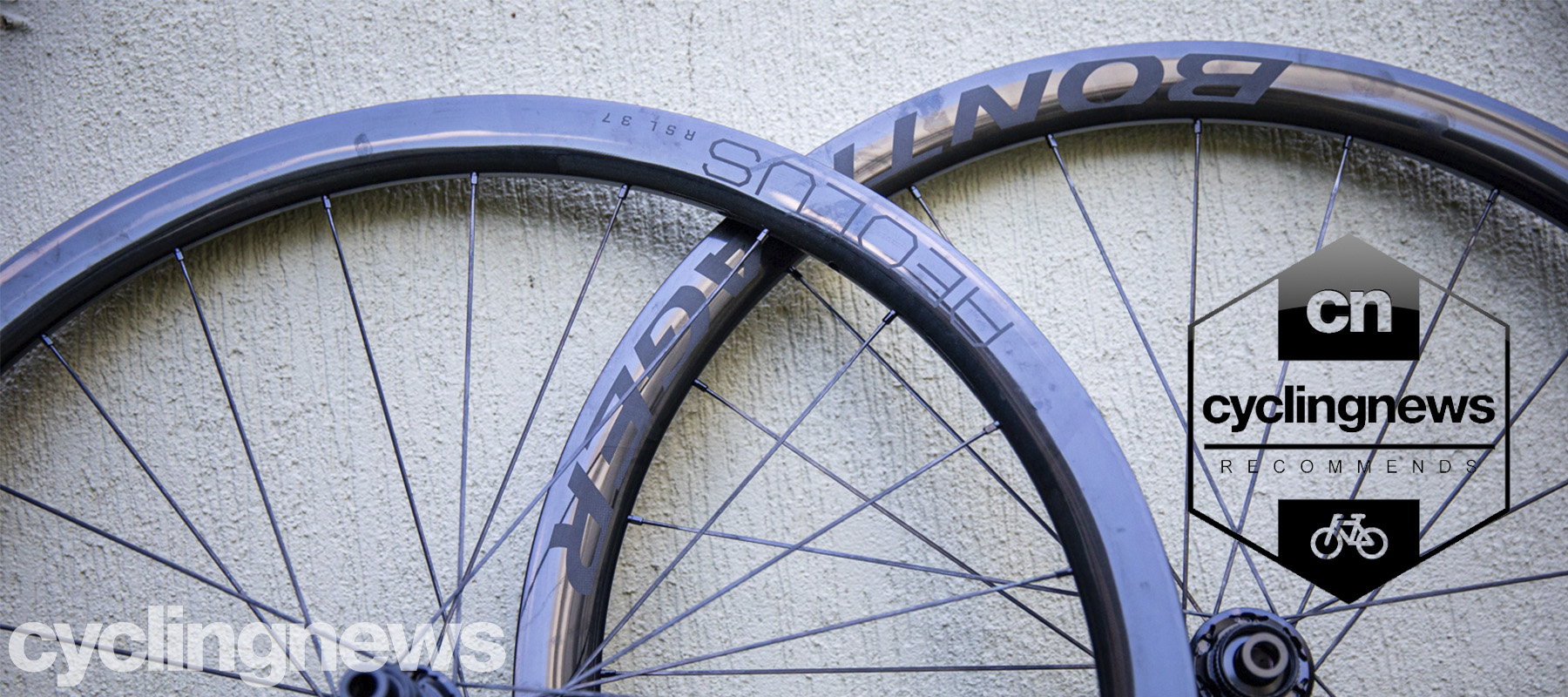Cyclingnews Verdict
If you can swallow the price, the Bontrager Aeolus RLS 37 TLR are a lightweight snappy set of race wheels
Pros
- +
Tubeless setup
- +
Weight
- +
Crosswind performance
Cons
- -
The price
You can trust Cyclingnews
Alongside its new Emonda, Trek launched three new wheelset ranges, with a total of four new pairs of wheels; the Aeolus Elite TLR, which came in 35 and 50mm depths, the Aeolus Pro 37 TLR, and the flagship Aeolus RSL 37 which we have here. These wheels came slotted into the dropouts of the brand new Trek Emonda we received back in June, and given these were just as newsworthy as the bike itself, we couldn’t resist slotting them into a few different bikes to see how they stacked up.
Design and Aesthetics
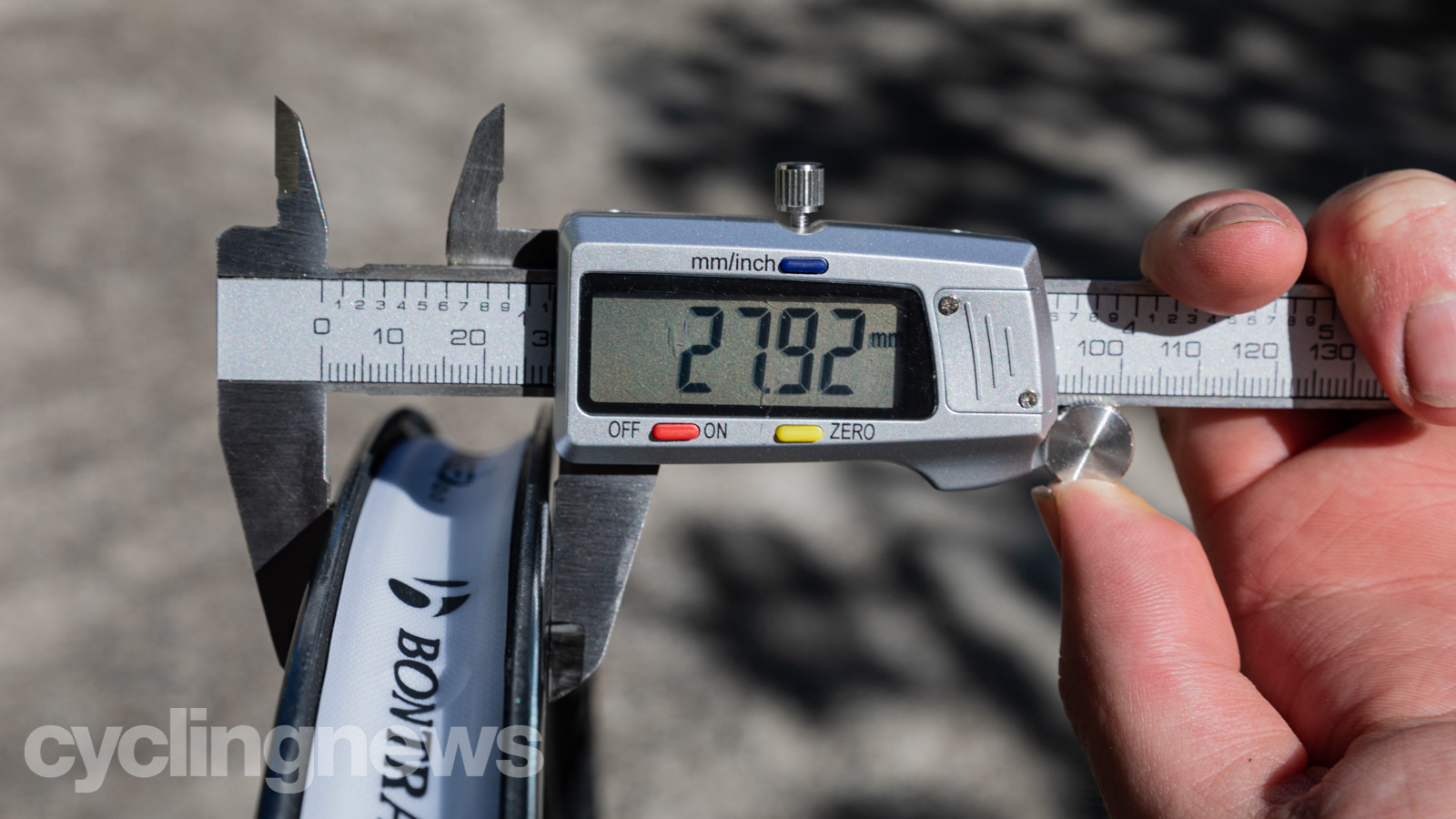
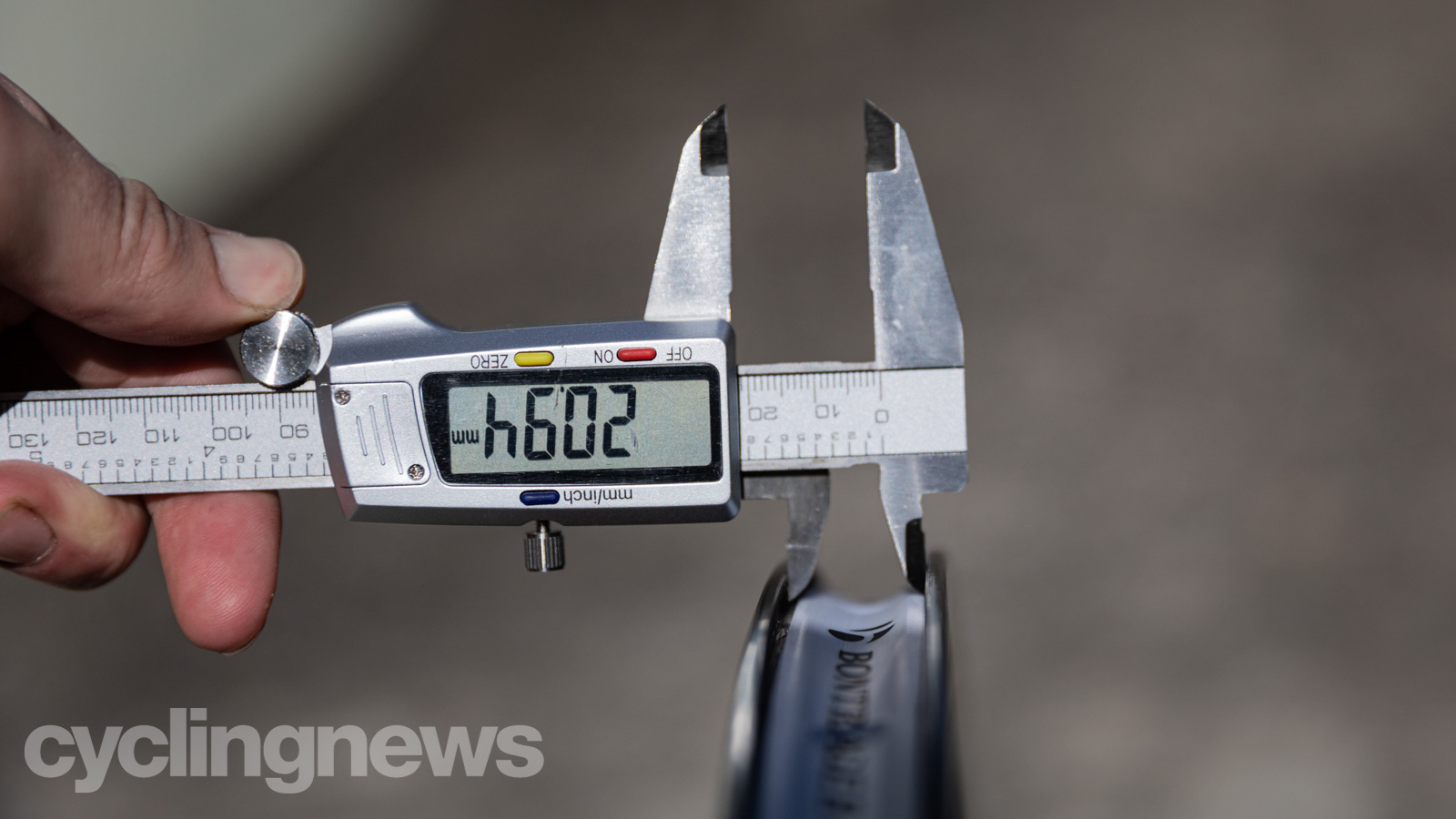
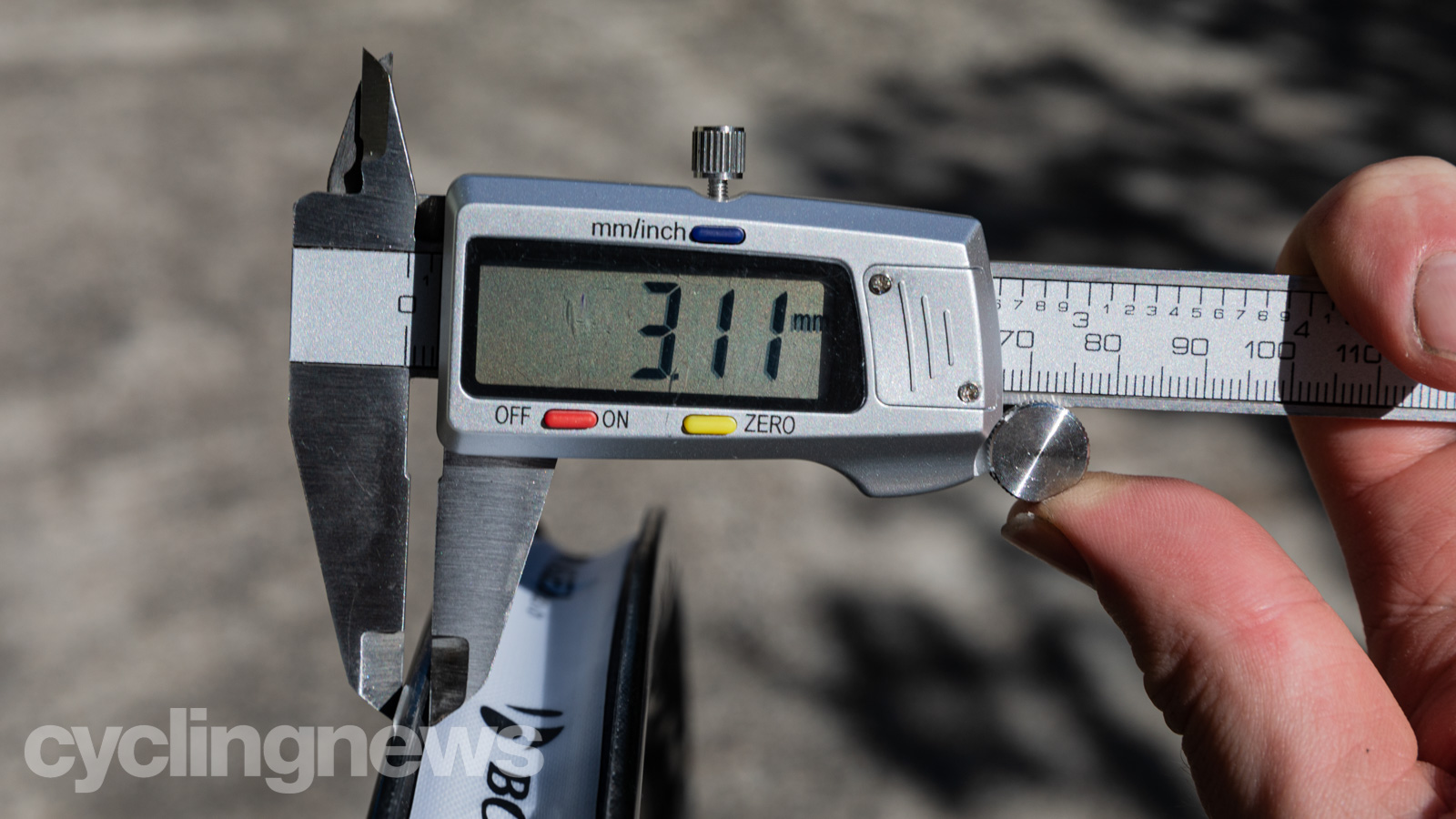
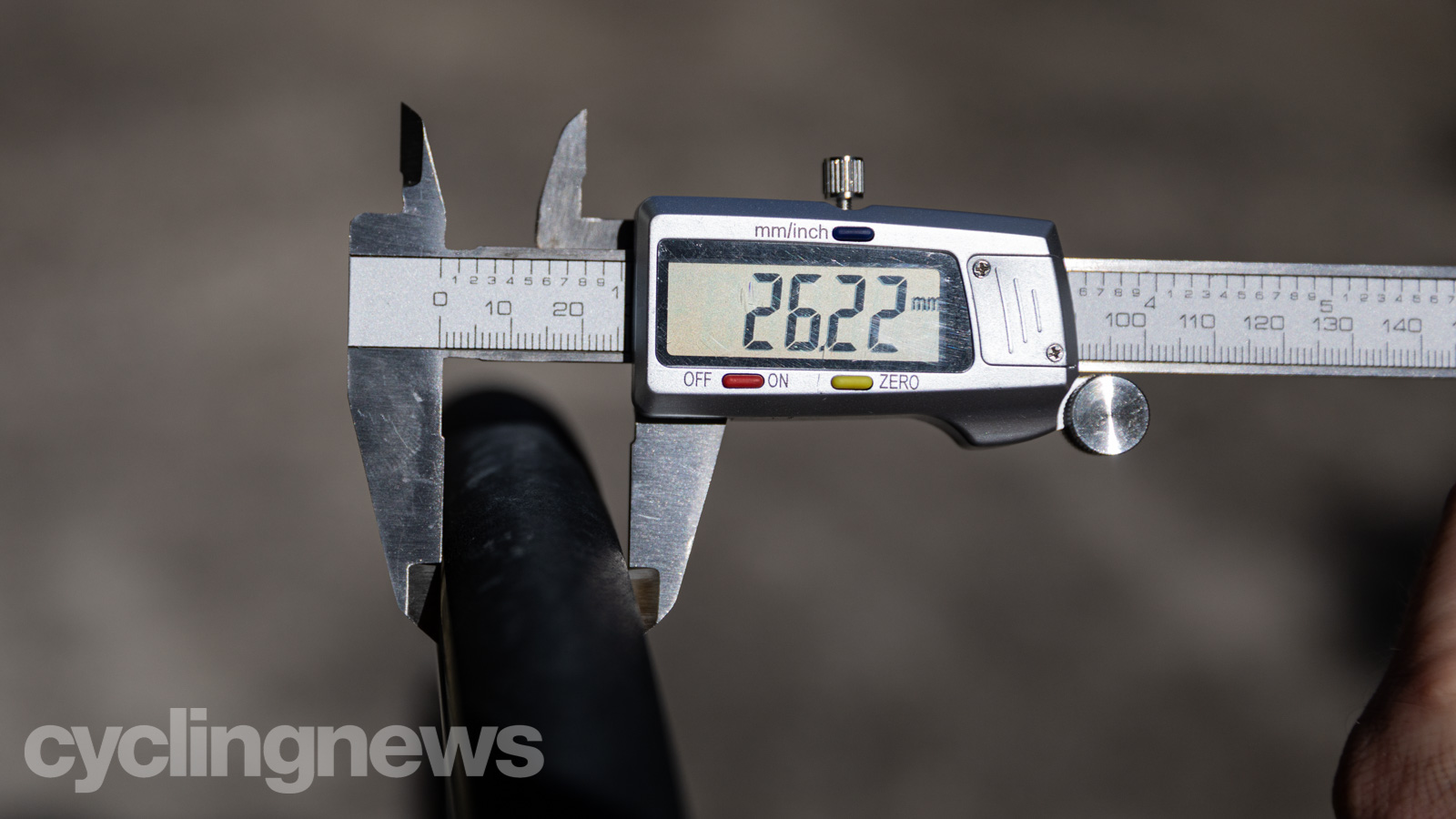
With a glossy finish and laser-etched branding, the Aeolus RSL 37 are a smart-looking set of wheels, though, as you can see from the photos, they fingerprint easily. The carbon wheelset is made using the brand’s RSL level OCLV carbon and sees the snub nose profile that is typical of high-end carbon wheels today. Apparently looks can be deceiving, as Bontrager says the exact shape of the faring has been updated to shed weight and, of course, create less drag.
They can be run tubed or with tubeless road tyres, and the rims will ship with the standard rim strips and the brands TLR airtight rim strips. While it’s not exactly the most elegant solution, these remove the user error in taping a rim for use without a tube — you literally line up the valve holes and drop them in.
Bontrager has opted to use a hooked bead instead of the hookless designs employed by the likes of ENVE and Zipp on their latest wheels. Hookless rims have been utilized in mountain bike wheels for quite some time. The argument for a flat bead is they are easier to manufacture (read: cheaper) and allow for a broader and stronger rim to tire bead engagement, all while creating a more impact-resistant structure. However, they are not universally compatible with road tires — yet — and most hookless rims are also designed for wider tires at lower pressures.
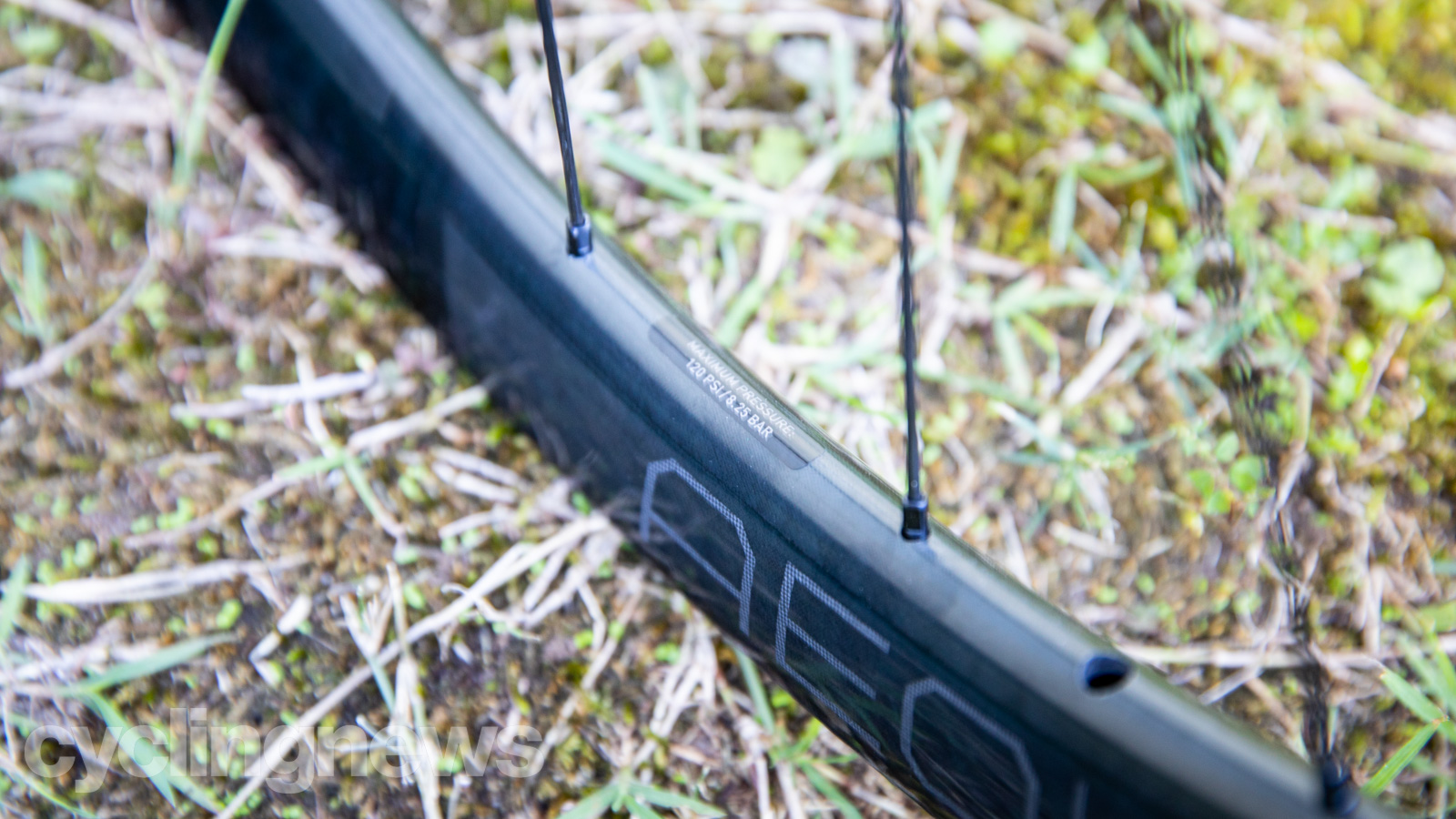
When it comes to aerodynamic drag, Bontrager tells us the Aeolus RSL produces 140g of average drag, which the brand directly compares to the 45mm deep Zipp 303 NSW, which tested at 143g. They came to these numbers by taking drag measurements every five degrees at yaw angles from -20 to 20-degrees, with extra data points at -12.5, -7.5, 7.5, and 12.5-degrees. All of this was tested to a rider average speed of 28mph with a 7mph breeze. The engineers aggregated this data set into a weighted mean that gives us 140g of drag for the new Aeolus RLS 37. Bontrager outlines a similar testing protocol to measure side force, and surprise-surprise, the Aeolus RSL 37 came out ahead of the 303 NSW — though this isn’t an apples-to-apples comparison given the Zipps are 8mm deeper
This is quite a bit more transparency surrounding a brand's aero testing than we usually get, I still can’t confirm or deny these claims without access to a wind tunnel. I also don’t know whether they were tested with a 25mm tyre or a 28mm tyre, or which model, whether or not this is the wheel mounted into a bike, or on its own, or a myriad of other variables that can sway the results. All of this is to say, take these figures with a healthy grain of salt, but also don’t totally discount them either.
Strung in the middle of the Aeolus RSL wheels are a set of Bontrager branded hubs with centre lock disc brake mounts with 24 DT Aerolite spokes front and rear. These are, in fact, rebranded DT Swiss Ratchet EXP hubs with the 240 internals. With 36-points of engagement, the EXP hubs are incredibly reliable and provide for fast and solid engagement, and when you coast, they are anything but stealthy. They come with end caps for 12mm and 15mm thru axles and will be offered with Shimano HG freehub bodies, with SRAM XDR and Campy freehubs available for purchase.
Bontrager is only offering the Aeolus RSL 37 TLR for disc brakes and for centre lock rotors.
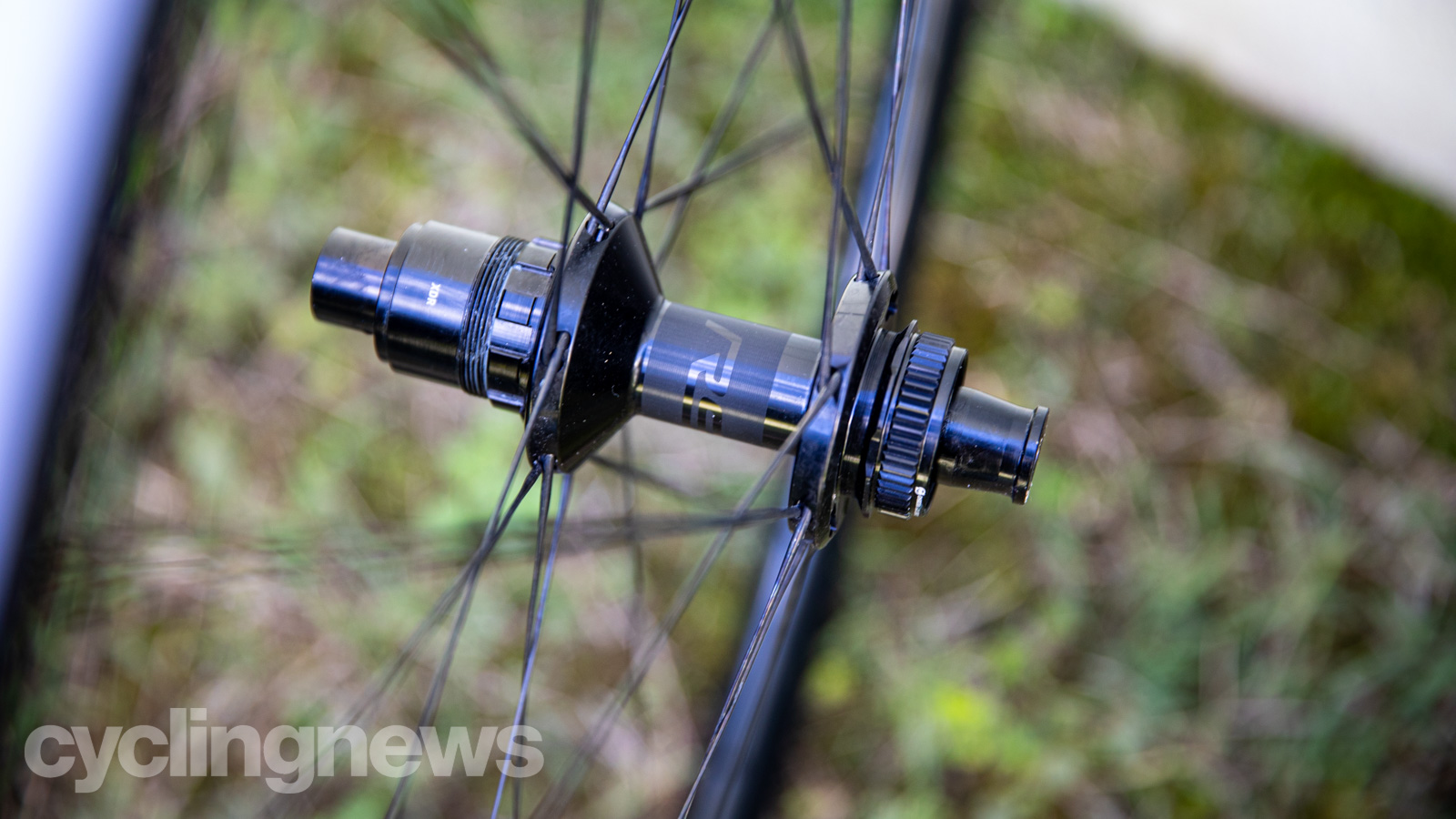
Ride experience
For the first few weeks I had these wheels on test, they were slotted into a Trek Emonda; however, it wasn't until I chucked them into a few other bikes that I realized how much of that frame’s character was shouldered by the Aeolus RSL 37.
With such a small amount of rotating mass, these wheels are taut and reactive — definitely a set you'd reserve for race day or your weekend chaingang. When you decide it’s time to go off the front, there is no hesitation; the Aeolus RSL jump right along with you whether you’re responding to an attack or sprinting to make a light.
Sometimes lightweight bikes and wheels can feel a bit skittish or nervous at speed, especially over rough corners as they can get bounced around, but the Aeolus RSL 37 felt planted no matter what I threw at them — including a bit of gravel. Credit to how strong they are, I took a sizable rock to the side that kicked up off the wheel of another rider; it sliced the sidewall of my tyre to the point of requiring a boot but didn't even scratch the gloss finishing where it hit the rim on the way past.
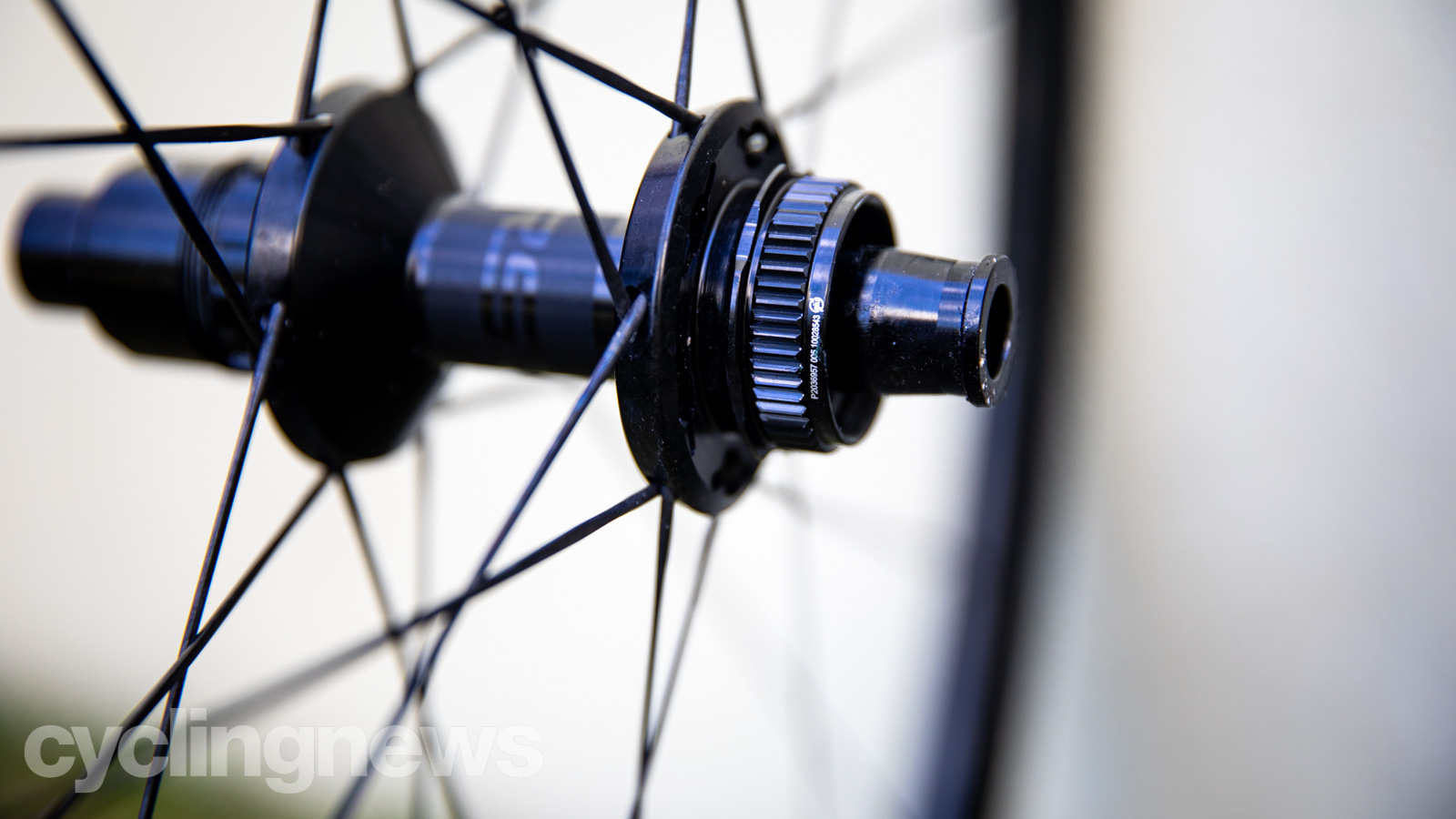
With a shallow rim, the spoke length is still quite long compared to something like a 50mm wheel and those extra inches allow for a bit of absorption. I wouldn't go as far as saying they are plush, but Bontrager has found the right balance between compliance and stiffness; steering is precise and I wasn’t able to discern any flex when out of the saddle giving these wheels the dickens doing sprint intervals.
Up above, I banged on about how the numbers the engineers at Bontrager provided us about aerodynamics are worth about as much as the paper on which they are written. But here’s the thing, after spending many miles on these wheels, and using them in multiple bikes, I believe them — these suckers are fast. While the sensation is hard to quantify, the number of Strava PR’s I’ve earned on my lunch loop without a drastic change in my fitness or training load serves as solid bro-science to show these claims aren't complete hokum.
The aspect where aero efficiency is slighter easier to quantify this is when it comes to crosswinds. I am an aggressively medium-sized rider and at 158lbs / 71kg, I still get blown around when the wind hits deep-section wheels from the side. Where I live in Queensland, Australia, quite a lot of the riding I do is directly along the coastline, which is picturesque, but also leaves you totally unprotected from ravaging onshore winds. In blustery conditions, the Aeolus wheels are well behaved, and when you are hit with a huge gust, you don't get tossed around the road.
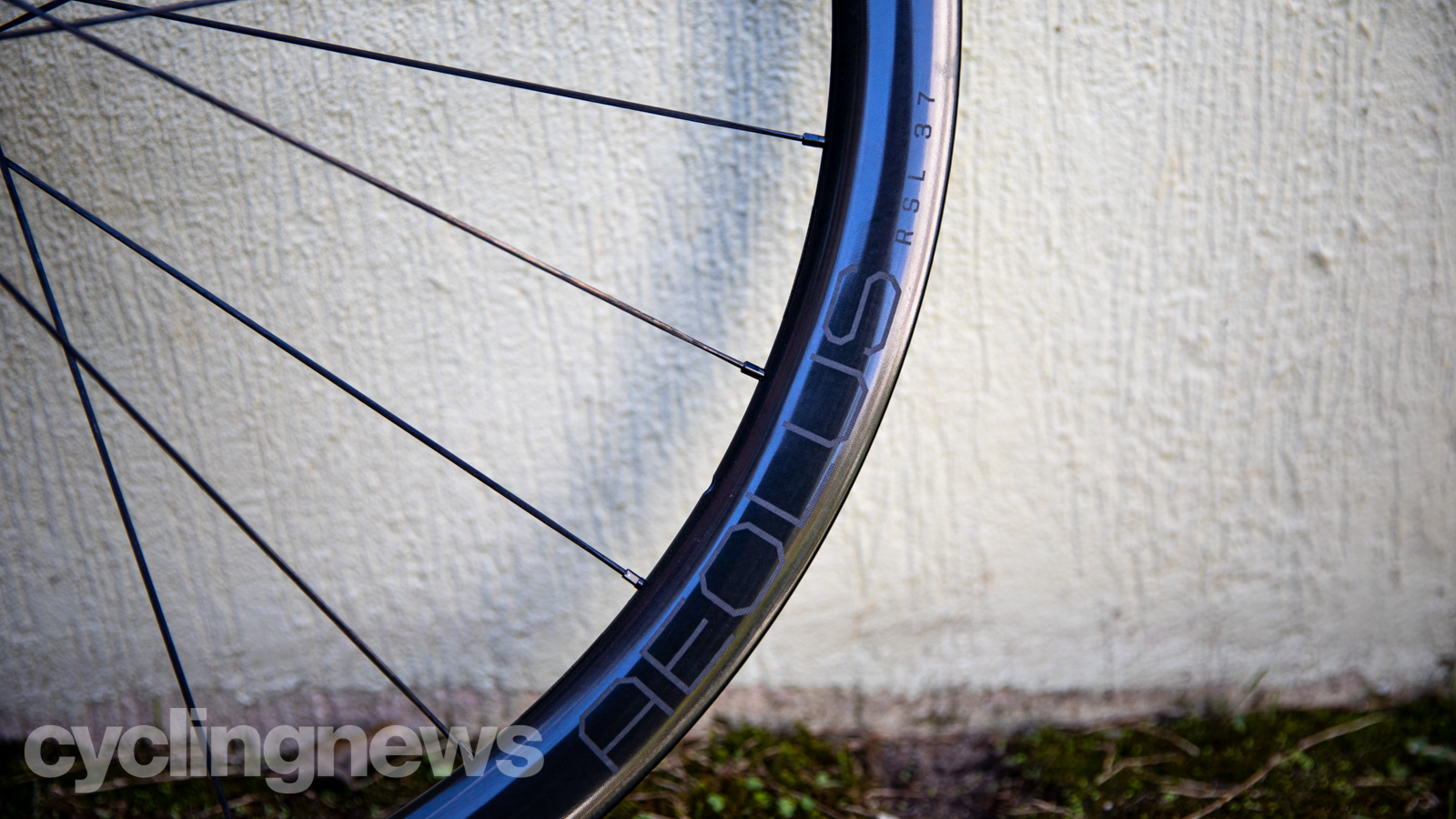
Verdict
Frankly, my only hang-up about the Bontrager Aeolus RLS 37 wheels is the price tag. At $2,400 / £2,000 / AU$3,800, they are in the upper echelon of high-priced road wheels — excluding the ridicu-expensive tier occupied by the likes of Lightweight, Gokiso, and a select few others.
There are a lot of good really good wheels that occupy this price range, if we're honest, if you’re after something in the range between a 30mm and 40mm rim, once you hit the 2k everything is pretty darn good with the differences becoming more nuanced as the price increases.
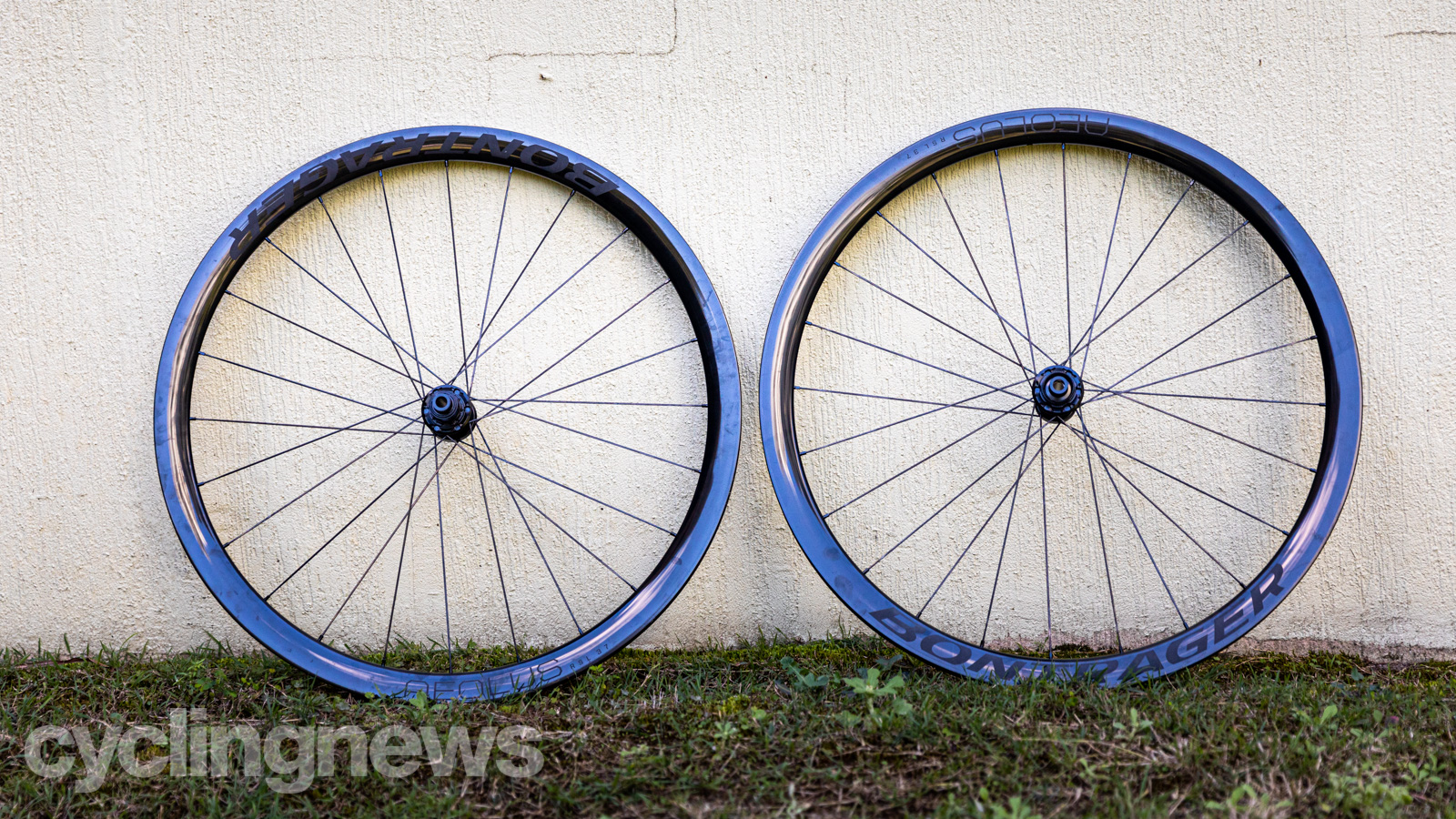
But if you do opt for the Bontragers, what you get is an energetic set of race wheels that pairs well with 25 and 28mm tyres that are well behaved in crosswinds.
While it's hard to assess durability in a relatively short test period, the Aeolus were still true as the day I received them when they were sent back. Better still, if you do write-off a wheel in the first two years, Bontrager will replace them and also backs them with a lifetime warranty.
Tech spec: Bontrager Aeolus RSL 37 TLR
- Price: $2,400 / £2,000 / AU$3,800
- Depth: 37mm
- Weight: 1360g
- Internal rim width: 20.94mm
- External rim width: 27.9mm
- Tubeless ready: Yes
- Rim Material: OCLV Carbon
- Hubs: DT Swiss EXP
- Spokes: 24mm front and rear
Based on the Gold Coast of Australia, Colin has written tech content for cycling publication for a decade. With hundreds of buyer's guides, reviews and how-tos published in Bike Radar, Cyclingnews, Bike Perfect and Cycling Weekly, as well as in numerous publications dedicated to his other passion, skiing.
Colin was a key contributor to Cyclingnews between 2019 and 2021, during which time he helped build the site's tech coverage from the ground up. Nowadays he works full-time as the news and content editor of Flow MTB magazine.
